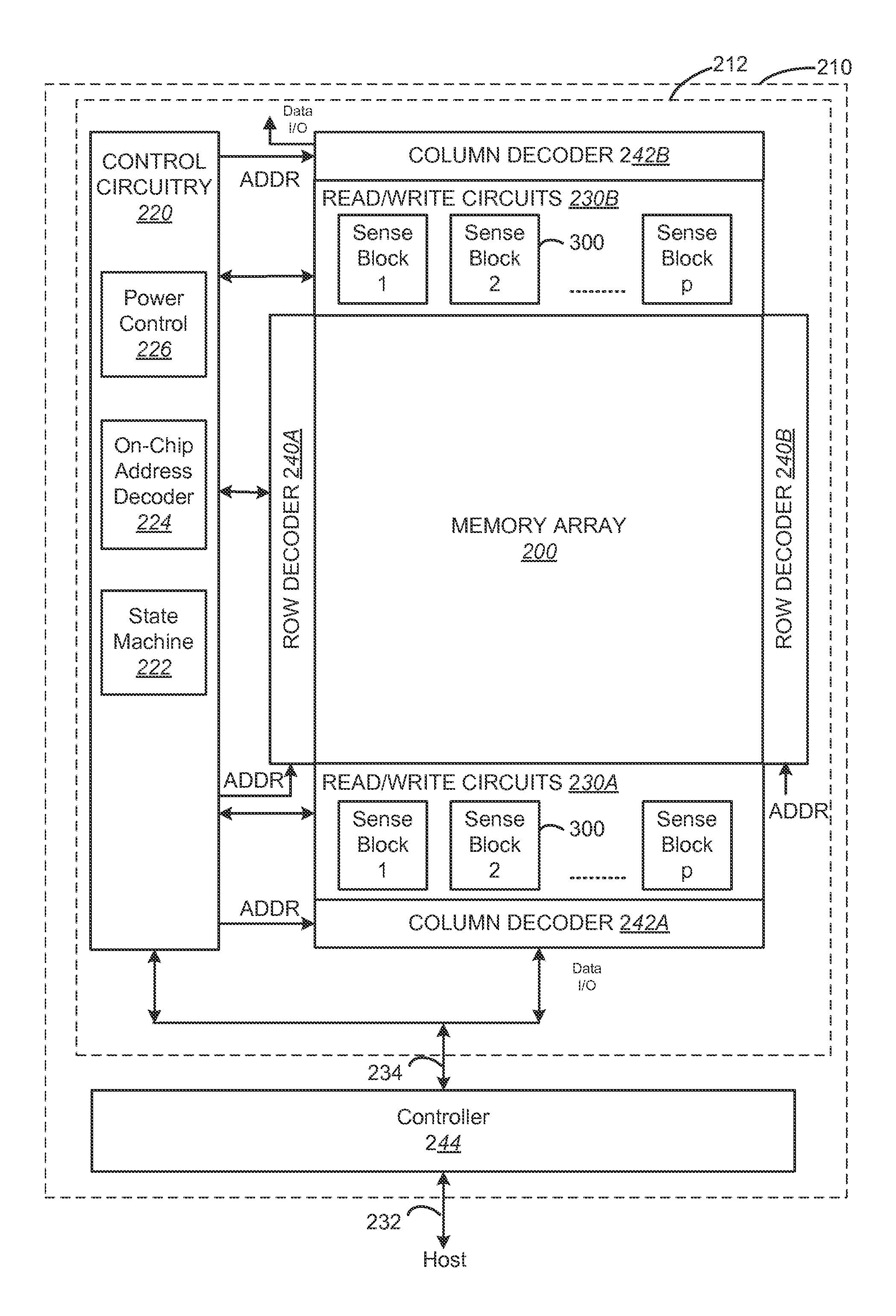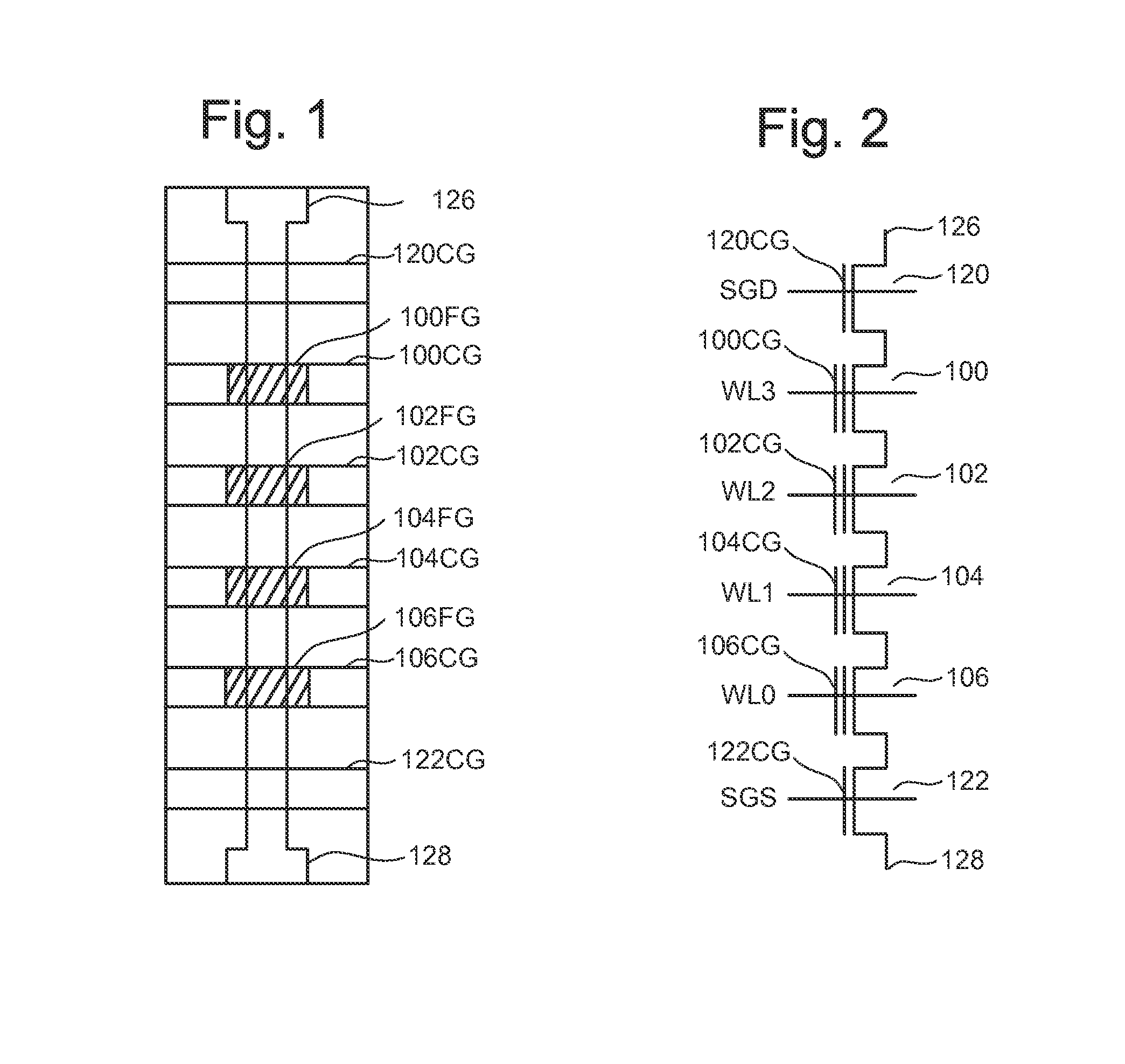Use of High Endurance Non-Volatile Memory for Read Acceleration
a non-volatile memory, high endurance technology, applied in the direction of memory adressing/allocation/relocation, digital storage, instruments, etc., can solve the problems of low endurance, memory devices can only be written hundreds (or in some cases thousands) of times before the device starts to suffer a degradation in performance, so as to reduce the requirements of host dram and boost read access
- Summary
- Abstract
- Description
- Claims
- Application Information
AI Technical Summary
Benefits of technology
Problems solved by technology
Method used
Image
Examples
Embodiment Construction
[0055]In many circumstances, designing memory can require compromises. For example, some memory devices may be optimized for long data retention at the expense of lower endurance (referred to as Low Endurance Long Retention memory) while other memory devices may be optimized for high endurance at the expense of shorter data retention (referred to as High Endurance Short Retention memory). Many non-volatile memory systems commercially available are Low Endurance Long Retention memory devices that are designed so that they will maintain the user's data for a long time. To guarantee the long data retention, certain design decisions are made for the memory devices that result in slower performance and lower data density.
[0056]There are uses and circumstances where data does not need to persist for many years, therefore, using memory devices with long data retention in those situations may not be necessary, such as when used in a Cache system. Technology is proposed herein for a High End...
PUM
 Login to View More
Login to View More Abstract
Description
Claims
Application Information
 Login to View More
Login to View More - R&D
- Intellectual Property
- Life Sciences
- Materials
- Tech Scout
- Unparalleled Data Quality
- Higher Quality Content
- 60% Fewer Hallucinations
Browse by: Latest US Patents, China's latest patents, Technical Efficacy Thesaurus, Application Domain, Technology Topic, Popular Technical Reports.
© 2025 PatSnap. All rights reserved.Legal|Privacy policy|Modern Slavery Act Transparency Statement|Sitemap|About US| Contact US: help@patsnap.com



